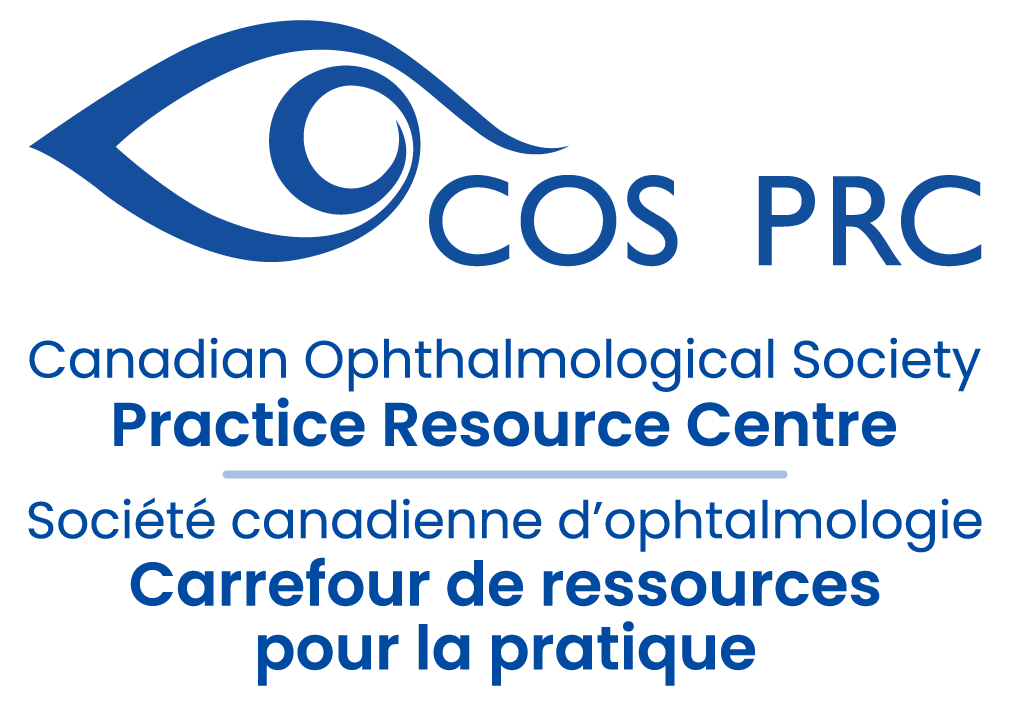
The Eye Care in Health Systems: Guide for Action provides practical, step-by-step, guidance to support Member States in planning and implementing the recommendations of the World report on vision with the goal to provide integrated people-centered eye care services.
This new resource leads Member States through a four-step process: situation analysis; development of an eye care strategic plan and monitoring framework; development and implementation of an operational plan; and establishing and maintaining ongoing review processes.
Currently, more than 2 billion people are living with a vision impairment and of these, at least 1 billion people are needlessly living with poor vision due to lack of access to eye care services. This burden is not borne equally: 90 percent of people with vision impairment or blindness live in low- and middle-income countries. Often, all that is needed is a cost-effective intervention, such as a pair of spectacles or cataract surgery.
Implementing integrated people-centred eye care has the potential to improve millions of lives worldwide and produce huge benefits for the economy, gender equity, inclusion, education and the workplace.
The Guide links to other tools developed by WHO, through consultations with international experts, including:
The Guide currently links four resources, or tools, including:
- Eye care situation analysis tool (ECSAT)
Purpose: Questionnaire based survey tool to comprehensively assess eye care in a country. - Eye care indicator menu (ECIM)
Purpose: List of recommended eye care indicators to be collected regularly. - Package of eye care interventions (PECI)
Purpose: Planning and budgeting for eye care at each level of the health system. - Eye care competency framework (ECCF)
Purpose: Planning tool for eye care human resources based on competencies.
For more information click the link below:




